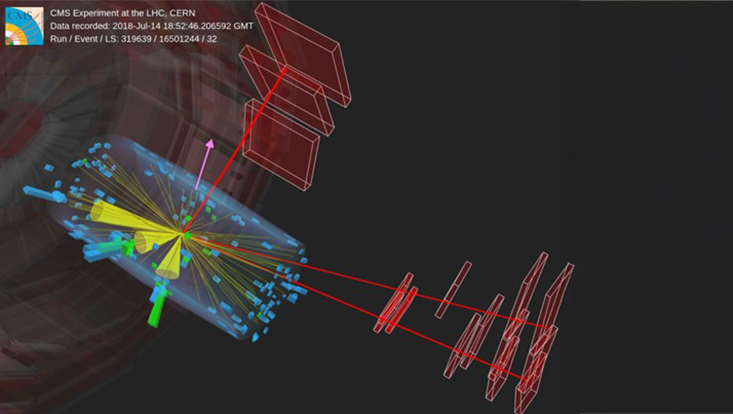and Natural Sciences
The role of lichens and mosses in climate change
13 December 2022, by Heiko Fuchs

Photo: Axel Kleidon, MPI Biogeochemie, Jena
An international research team led by the Department of Biology at the Universität Hamburg has investigated the potential impacts of climate change on non-vascular vegetation (mosses, lichens) and their functions in ecosystems worldwide. Based on this, the researchers have developed a concept paper proposing the next important steps for the research field. The results were published in the journal “New Phytologist”.
The so-called non-vascular photoautotrophs (NVP), including mosses, lichens, terrestrial algae and cyanobacteria, are organisms that receive their energy from light but lack the vascular tissue that transports water and nutrients in vascular plants. Lacking roots, they rely on direct uptake of water from the atmosphere or from the near-surface layer of the soil. Because water loss cannot be actively controlled, the organisms often become dehydrated. However, unlike most vascular plants, NVPs are able to largely adapt their metabolism to these large fluctuations in water content, making them a common form of vegetation in many arid ecosystems, such as deserts, tundras, and high elevations.
NVP are considered essential for the functioning of ecosystems in many regions of the world since they are, for instance, responsible for about 50% of nitrogen input to natural ecosystems through their association with nitrogen-fixing bacteria, control the partitioning as well as evapotranspiration of precipitation in forests, have an impact on near-ground air temperature, contribute to peatland ecosystems that store an estimated 30% of global soil carbon, or form biocrusts that protect soil surfaces from erosion by water and wind.
Current research suggests that climate change may pose a significant threat to NVP, with major impacts on many regions of the world. But the extent to which this will affect associated ecosystems is highly uncertain.
"We found that ecosystem functions of NVP are likely to be significantly affected by climate change and that a better quantitative understanding of some key processes is needed, for example, the potential for acclimation, the response to elevated carbon dioxide, the role of the microbiome, and the feedback from ecosystem changes to climate. We propose an integrative approach with innovative, cross-method laboratory and field experiments and ecophysiological modelling, for which sustained scientific collaboration in NVP research is essential," reports the study's first author, Jun.-Prof. Dr. Philipp Porada of the Department of Biology at the Universität Hamburg.
Original publication
A research agenda for nonvascular photoautotrophs under climate change,
P. Porada, M. Y. Bader, M. B. Berdugo, C. Colesie, C. J. Ellis, P Giordani, U. Herzschuh, Y. Ma, S. Launiainen, J. Nascimbene, I. Petersen, J. R. Quílez, E. Rodríguez-Caballero, K. Rousk, L. G. Sancho, C. Scheidegger, S. Seitz, J. T. Van Stan, M. Veste, B. Weber, and D. J. Weston,
New Phytologist (2022).


